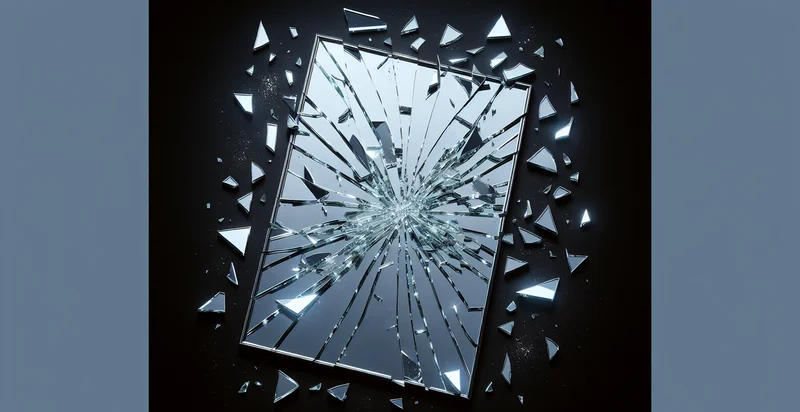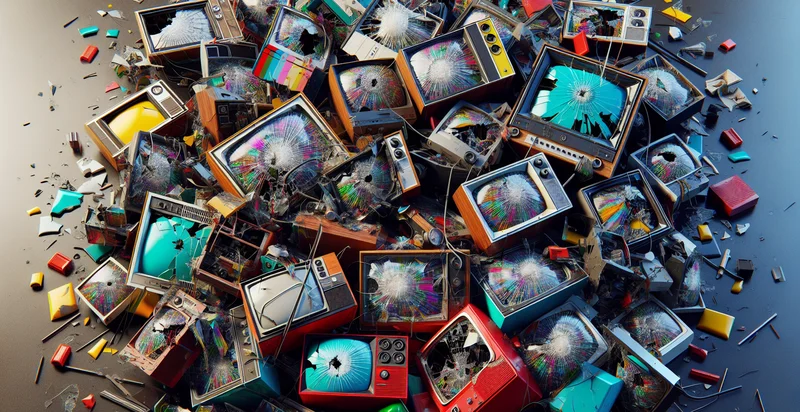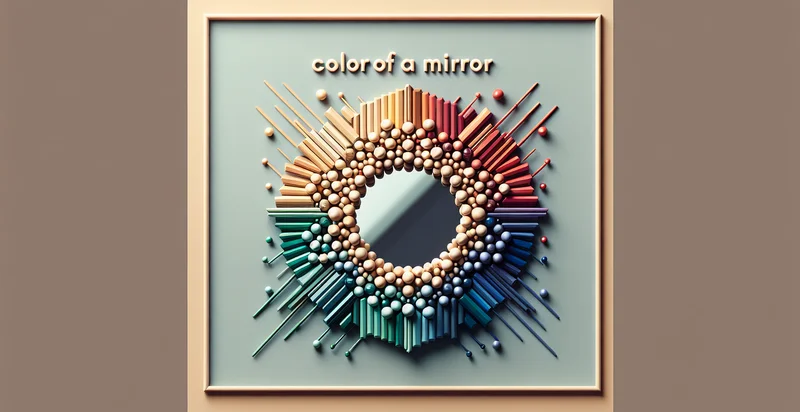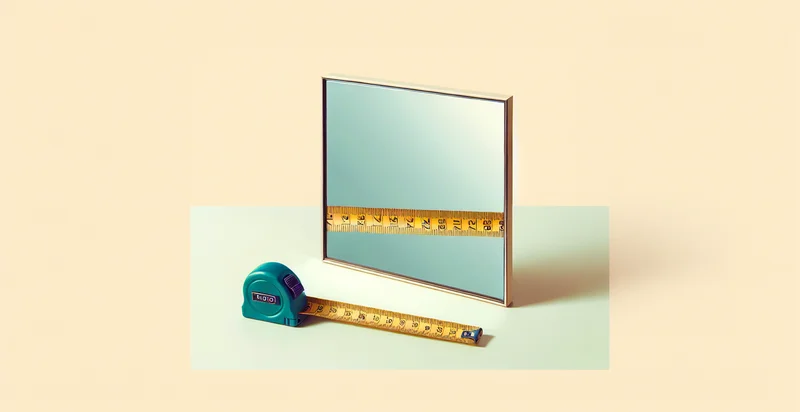Identify broken mirrors
using AI
Below is a free classifier to identify broken mirrors. Just upload your image, and our AI will predict if the mirrors are broken - in just seconds.

Contact us for API access
Or, use Nyckel to build highly-accurate custom classifiers in just minutes. No PhD required.
Get started
import nyckel
credentials = nyckel.Credentials("YOUR_CLIENT_ID", "YOUR_CLIENT_SECRET")
nyckel.invoke("broken-mirrors-identifier", "your_image_url", credentials)
fetch('https://www.nyckel.com/v1/functions/broken-mirrors-identifier/invoke', {
method: 'POST',
headers: {
'Authorization': 'Bearer ' + 'YOUR_BEARER_TOKEN',
'Content-Type': 'application/json',
},
body: JSON.stringify(
{"data": "your_image_url"}
)
})
.then(response => response.json())
.then(data => console.log(data));
curl -X POST \
-H "Content-Type: application/json" \
-H "Authorization: Bearer YOUR_BEARER_TOKEN" \
-d '{"data": "your_image_url"}' \
https://www.nyckel.com/v1/functions/broken-mirrors-identifier/invoke
How this classifier works
To start, upload your image. Our AI tool will then predict if the mirrors are broken.
This pretrained image model uses a Nyckel-created dataset and has 2 labels, including Intact Mirrors and Broken Mirrors.
We'll also show a confidence score (the higher the number, the more confident the AI model is around if the mirrors are broken).
Whether you're just curious or building broken mirrors detection into your application, we hope our classifier proves helpful.
Related Classifiers
Need to identify broken mirrors at scale?
Get API or Zapier access to this classifier for free. It's perfect for:
- Manufacturing Quality Control: Implementing a broken mirrors identifier in manufacturing lines can help automatically detect defects in mirror products. This ensures that only high-quality items reach customers, reducing returns and enhancing brand reputation.
- Automotive Safety Inspection: In the automotive industry, a broken mirrors identifier can be used during vehicle inspections to ensure all mirrors are intact. This promotes safety standards and helps identify vehicles that require servicing before they can be approved for road use.
- Home Insurance Assessments: Insurance companies can utilize this classifier to quickly evaluate mirror damage in claim assessments. By automating the process, insurers can expedite claims, enhance customer satisfaction, and effectively manage risk.
- E-commerce Quality Assurance: Online retailers can employ a broken mirrors identifier to verify the condition of mirror items before shipment. This quality assurance measure can reduce customer complaints and returns, thus improving the overall shopping experience.
- Surveillance and Security: In security applications, a broken mirrors identifier can help monitor the condition of mirrors in public spaces or retail environments. Ensuring that these visual barriers are undamaged can enhance safety and deter vandalism.
- Art Restoration: In the art world, conservators can utilize this technology to evaluate the condition of mirrors in artworks or installations. Identifying broken pieces early allows for timely restoration measures, preserving the integrity and value of the art.
- Furniture Assembly Quality Checks: Furniture manufacturers can implement a broken mirrors identifier during the assembly process to ensure that any glass components are intact. This quality check minimizes defects before the furniture reaches the customer, fostering positive reviews and brand loyalty.


